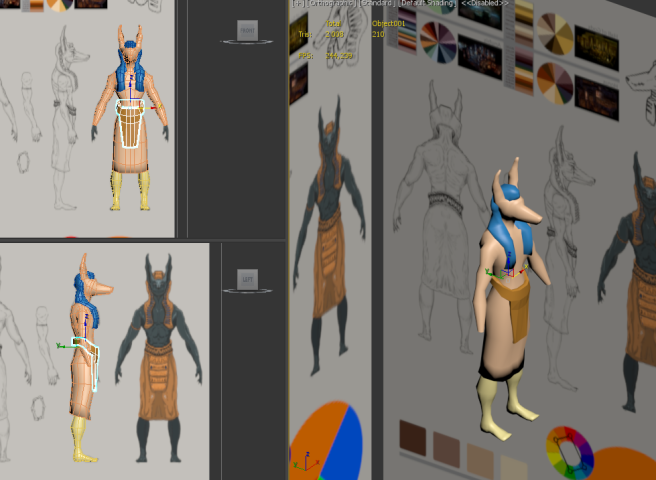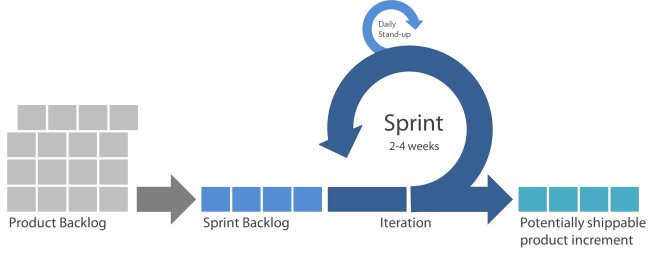Hi again!
Since my last post, I have done several things. It was Easter during the third week so we took Friday off to spend time with our families. However, we still managed to do a lot of work. I did some placeholder, modular assets. For example, I made a pillar consisting of six parts, that can be exchanged and moved around to create several different pillars. I also did some arches that can be resized and reused throughout the game.

I also did two non-modular 3D assets, a rat and an Anubis statue. The rat is to be used as the object that the player sucks the life-force from in order to give life to statues. The Anubis statue will be placed inside the hall of statues and it will have one animation for when the player masters the Anubis rooms. And finally, I observed when two of our graphical artists created our animations for the main character with Motion Capture. Both of them has studied Mo-Cap earlier this year and I plan to do the same next year, so I wanted to get a head start.
The fourth week has been quite inefficient due to some technical difficulties and meetings that took away hours that could have been placed on work tasks. I was supposed to build the first two levels with our placeholders in Unreal, but since we could not get the server working on my computer until Friday afternoon, I unfortunately could not do any of this. I have however watched tutorials on how to make complex collision boxes in 3Ds Max and importing them in Unreal. I also checked if some of the placeholders’ size were appropriate in-engine.
During the fourth week I finished the Rat, by making some minor topology changes, as well as rigging and skinning it. The reason I chose to do that this early in production is because our programmers has finished coding the behavior for the rats and needed a skeleton mesh for it to work. As of now the rat does not have any animations yet. I will fix that pre-beta. It was harder than I fought to rig and skin a rat. Up until now I have only rigged and skinned human/humanoid characters and this was a bit different from that. For starters max does not have a specific skeleton for rats, so I had to use one for Lizards and adjust how many bones and segments it should have in order to fit into a low-poly rat. When I started skinning I had some issues figuring out how to best affect the legs, seeing as rats have two knees per leg. Another issue I had was that I could not mirror the skinning information from one side to the other. This led to the skinning taking twice as long as planned.




Here you can see the development from start to finished low-poly mesh and rig.
The Anubis statue will be placed in the hall of statues and lead the players eye towards the Anubis Rooms. I was initially done with the low-poly for the statue during the third week but the art team decide to make some changes to create a more interesting silhouette.


Both the Anubis statue and the rat will have high-poly meshes, in which I will ad more details.
That is it for now!






